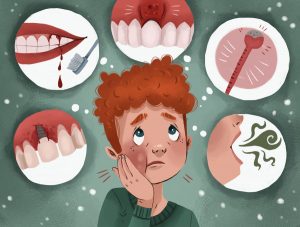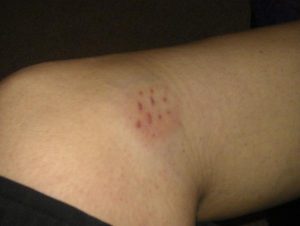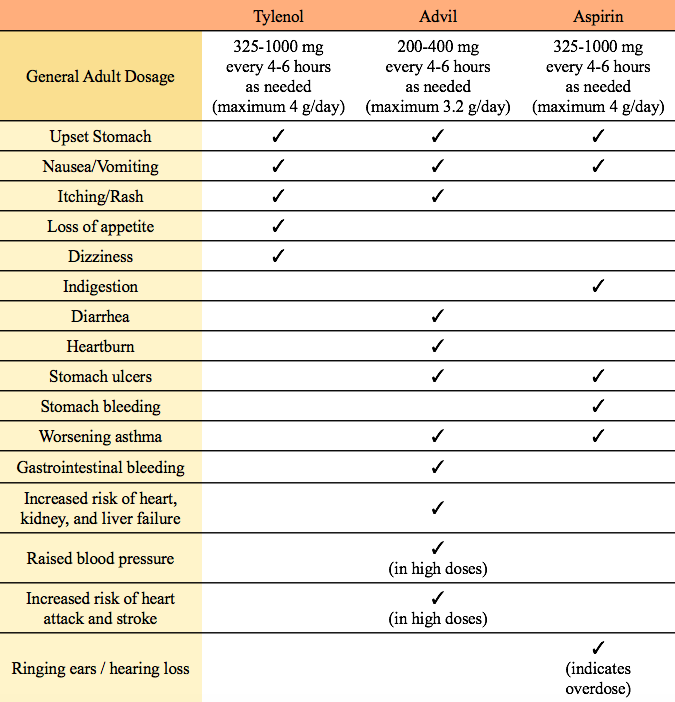
An image showing the various causes for mouth pain, including mouth sores (center). Source: Authority Dental
Have you ever experienced a painful sore inside your mouth — the kind of sore that appears on the linings of one’s cheeks, lips, tongue or gums and can last for days without end? There are a variety of mouth sores that can cause pain, but the one in particular that I have in mind are canker sores.
What are canker sores?
Canker sores, also known as aphthous ulcers, are small, round ulcers on the inside of the mouth that can appear red, white, or yellow in color. About 1 in 5 people get them, making them the most common type of mouth sore. These sores can occur in healthy people, recurring about two to six times in the average individual within a year.
Having known people that get canker sores on a monthly basis, I take pride in the fact that I get them about only once or twice every other year. It had been a while since I had my last sore and for the longest time, I couldn’t remember what it was like to even have one… until last week. This time around, the pain and discomfort felt unfamiliar to me, and after judging that enough days had passed and it still hadn’t gone away, I decided to take matters into my own hands. In my search for possible treatment methods, I came across the following video explaining the true cause behind canker sores.
Credit: Joe Scott, Source: Youtube
So, what is the real cause?
In the video, self-proclaimed canker sore expert Joe Scott sheds light on the fact that while there are many suggested treatments for the sores, few people know about why it occurs. He explains that when we get minor cuts, our immune systems release a special protein, TNF-a, whose job is to wipe out any damaged near the site of the cut. According to Scott, canker sores indicate that the body produces too much of this protein, wiping out these damaged cells and then some, which creates “a huge crater of exposed nerves made all the more sensitive by inflammation.” Basing his knowledge off of a 2003 study published by the American Dental Association, Scott claims to have found a cure that regulates the protein, which many others have attested to on his website.
Why does all of this matter?
Despite the discovery (and strong evidence) of a working solution, it is surprising that the widespread knowledge states that the cause behind canker sores is still unknown to this day, which is echoed on sites such as KidsHealth, HealthLinkBC, Colgate and even WebMD. Although this may affect a minority of the population, this discovery could mean the world for someone who faces the pain of constantly recurring canker sores (RAS). Focusing on the bigger picture, this demonstrates that science communication still has a long way to go.
— Breyanne Bautista

















:format(webp)/cdn.vox-cdn.com/uploads/chorus_image/image/46977338/shutterstock_269359883.0.0.jpg)


